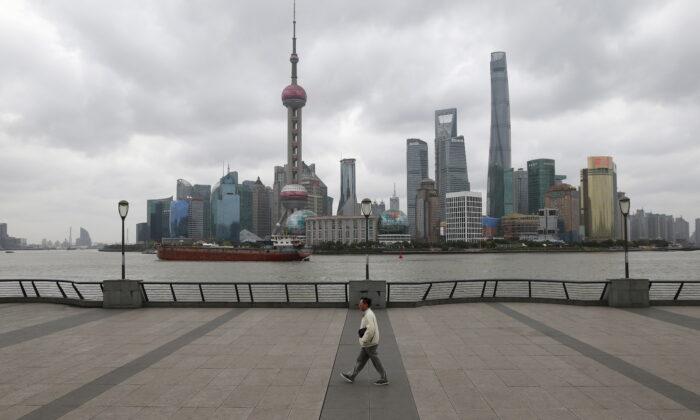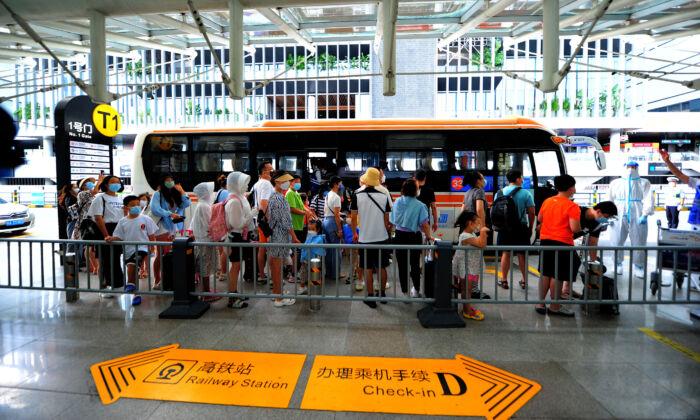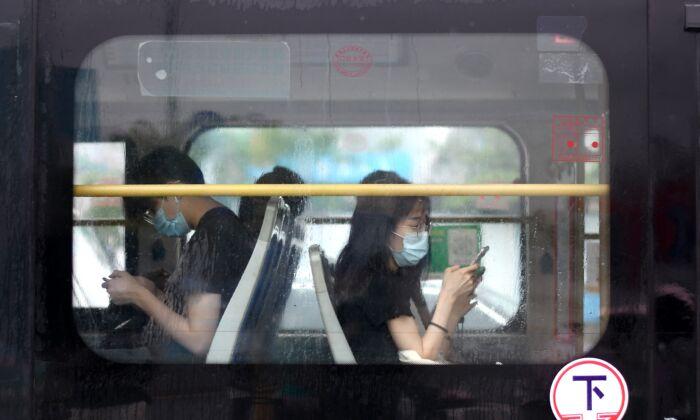In a two-hour speech, a prominent Chinese economist has offered a less-than-ideal assessment of the country’s economic prospects from 2020 to 2030.
Delivering his remarks at a Nov. 28 meeting of Essence Securities held to discuss strategies for 2020, Gao Shanwen compared China’s economic situation with the past development of Japan, South Korea, and Taiwan.
According to Gao, if domestic economic trends follow those of other East Asian countries, “the Chinese economy will experience several years of sluggishness. The chances that the Chinese economy can stabilize at a growth rate any higher than 5 percent are slim.”
“From 2020 to 2030, the real risk to be aware of is whether we can keep our economic growth rate to higher than four percent,” Gao said. “Much effort will be needed to make it happen.”
Gao Shanwen, chief economist at Essence Securities, is also board director of the China Chief Economist Forum and a member of the China Finance 40 Forum Academic Committee. Gao is known for having been consulted for his expertise by Chinese Premier Li Keqiang in July 2016.
Chinese economic growth peaked in 2010 at 10.3 percent, according to official figures.
In his speech, Gao said that China’s economic growth peak in 2010 was similar to those that occurred in Japan in 1968, South Korea in 1991, and Taiwan in 1987. Since then, the Chinese economy has followed the same curve of slowing growth, as the four East Asian economies followed the same development model.
Despite censorship, Gao’s analysis was widely shared among Chinese netizens. Newly released data from Chinese government departments also backs up his arguments.
‘Structural Problems at Work’
According to Gao, one main factor in the slowing Chinese economy is the high degree of urbanization. While official statistics say that 60 percent of the country is urbanized, Gao believes that the real figure is about 10 percent higher. He said this is due to official data failing to account for China’s household registration system, or hukou, which assigns each Chinese citizen rural or urban residence status, typically according to their place of birth. However, millions of people with rural hukou actually live and work in cities.Meanwhile, China’s leverage ratio is more than double that of the three other East Asian economies. “This is the result of local governments and state-run companies investing too much in real estate construction to stimulate the economy in recent years,” Gao said.
Complicating this issue is that due to the advanced state of urbanization, fewer Chinese are moving from rural regions to make home purchases in the cities than before, precipitating a real estate crunch.
Gao also mentioned that annual car sales and vehicle holdings in China are lower than those in Japan, South Korea, and Taiwan. This is caused by the larger income gap in China as compared with those economies, and its attendant issues such as lowered consumption.
“There are structural problems at work in our decelerating economy,” Gao said. He cautioned the Chinese authorities lest they ignore these problems in their policymaking.






Friends Read Free